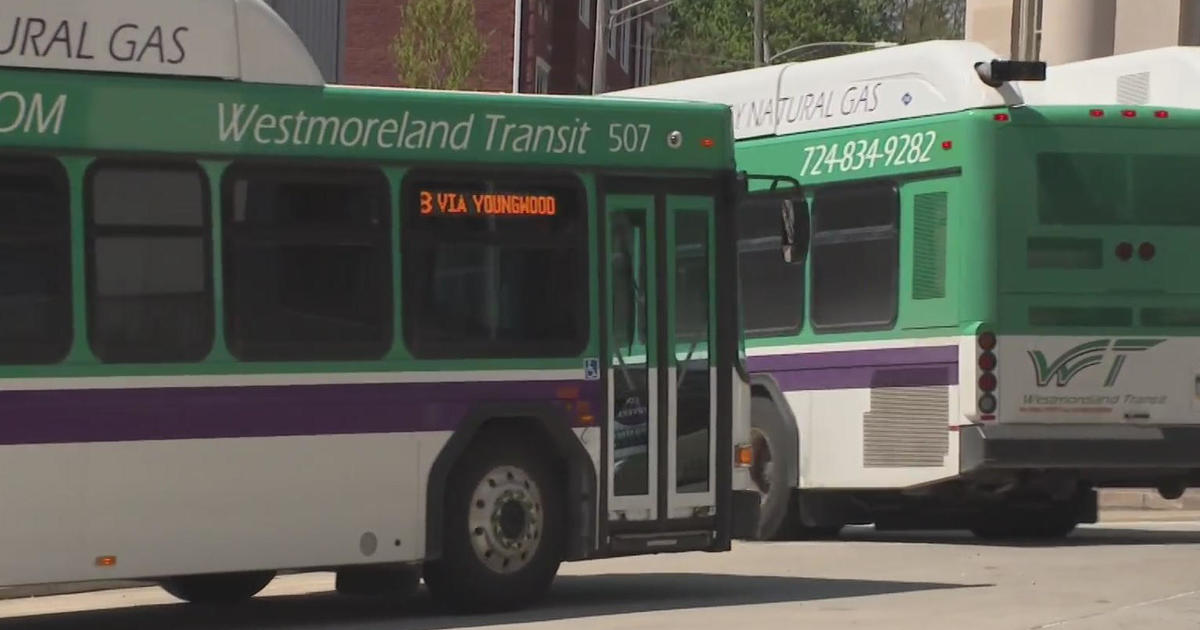Varicose Vein Glue Giving Relief To Sufferers
PITTSBURGH (KDKA) - Natalie Renzie is a school teacher and the mother of two. With each of her pregnancies, she ended up with more than just a baby.
"I started to have some pain throughout my legs, and it wasn't long after that the varicose veins showed themselves during my pregnancy," she says. "Where my knee bends is where I was having the pain when I sit. That vein actually puffed out."
Varicose veins affects one in every two people over 50, but even younger people can get them. Family history, pregnancy, obesity, being female, and regularly spending long periods of time standing can put you at risk.
The appearance is classic.
"They're going to look almost like a snake going down the leg," says Dr. Jason Andrus, an interventional radiologist at St. Clair Hospital.
"When I would put my 5 year old to bed, I would hobble down the hall to our room, because by that point, at the end of the night, my body, legs hurt so bad, they were done," says Natalie. "I'm 32! I shouldn't be having this pain."
One-way valves in your veins keep blood flowing toward your heart. With weak or damaged valves, the blood backs up, the veins swell, and varicose veins are the result. These surface veins are not crucial, the deep veins do the important work, and the muscles keep them compressed.
Losing weight, putting your legs up, exercise, and compression stockings are the standard, non-invasive treatments. And for decades, the standard surgical strategy was vein stripping, essentially yanking the vein out of the leg. More recently, ablation has been an option, which uses heat to seal the vein. That can come with bruising, discomfort, and injury to nerves.
Join The Conversation On The KDKA Facebook Page
Stay Up To Date, Follow KDKA On Twitter
Natalie wanted to try a new approach, using a common, household handy helper.
"It's something called cyanoacrylate," says Dr. Andrus. "Industrially, it's really well known. It's called Superglue."
"My husband kind of, 'you're going to put superglue in your body, you don't even know what could possibly happen,' but I think it's amazing! I think it's just another example of technology," says Natalie.
In medical use, you may be more familiar with it as Liquid Bandaid.
"They've created a form of it we can use in the veins," says Dr. Andrus. In this application, the liquid is pliable, not hard and crispy, "because you wouldn't want that in your leg."
The doctor inserts a thin tube down to the end of the vein, squirts in the superglue, presses the vein shut, and progresses up the leg until the vein is completely sealed.
"The catheter. It was a weird sensation. You could feel it, but it wasn't painful. You could feel it being pulled through," says Natalie.
You are able to use this treatment below the knee, whereas others stop at the knee.
There is a one in 400 chance of a potentially deadly blood clot. You cannot have this done if you are currently pregnant or if you have certain heart problems. And insurance is not routinely covering the 45 minute procedure, which means a few thousand dollars out of pocket.
Natalie was the first patient to have this treatment at this center. She says the veins are already getting lighter. She had the right leg done today, the left leg just two weeks ago. .
"There's no down time," she says. "Went back to work the next day."



